Somalia is home to a wide variety of bird species, ranging from large raptors to small passerines. With its varied range of habitats, Somalia provides a sanctuary for numerous species of birds, many of which are endemic to the region.
The country is known for its impressive birding sites, with a variety of different species to observe. From the colorful Somali finch to the majestic Somali roller, this African nation is a haven for birders of all levels.
1. Somali Pigeon
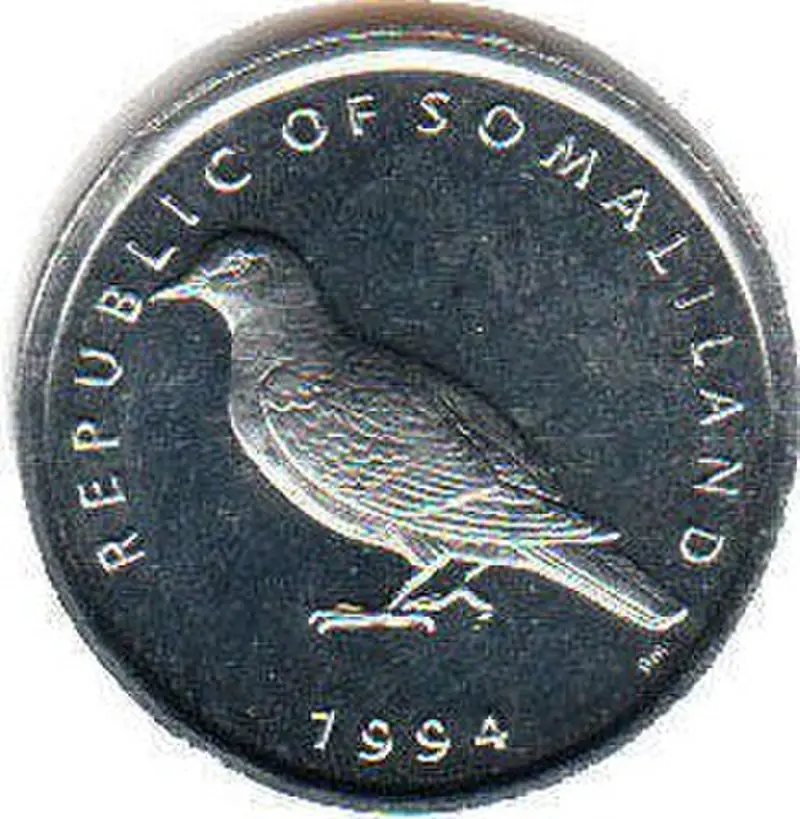
Somali pigeon is a species of bird endemic to Somalia, belonging to the Columbidae family.
It is believed that this rare bird’s population health has not been researched enough and may be threatened by speckled pigeons (Columba guinea).
This unique breed of dove typically sports greyish-brown feathers with darker spots near its head and wings.
Its chest area usually shows signs of pink or pale yellow hue while its face showcases dark violet colouration around their eyes and bill.
Somali Pigeon can often be seen in small flocks searching for food on grassy plains or rocky hillsides within Somalia.
Conservation efforts must continue in order to ensure these beautiful birds remain part of our eco-systems.Scientific classification:
| Kingdom | Animalia |
| Phylum | Chordata |
| Class | Aves |
| Order | Columbiformes |
| Family | Columbidae |
| Genus | Columba |
| Species | C. oliviae |
2. Somali Ostrich
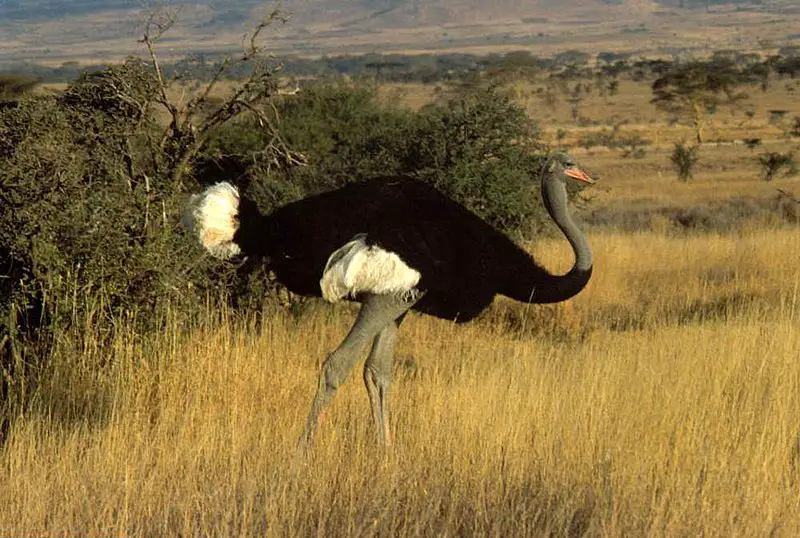
The Somali ostrich is a large, flightless bird that can be found in the Horn of Africa. It has a distinct blue neck and legs with white feathers covering its body.
This species was first identified as distinct from the common ostrich in 2014. They are omnivorous creatures, meaning they eat both plants and meat depending on availability. Their diet includes leaves, roots, insects and small animals such as lizards or rodents.
These birds live in groups known as herds that have up to 20 individuals each lead by an alpha male who will defend his flock against predators such as hyenas or lions.
As well-adapted animals living in dry climates like deserts and savannas, Somali ostriches are able to survive long periods without water making them resilient among many other animals living there too.Scientific classification:
| Kingdom | Animalia |
| Phylum | Chordata |
| Class | Aves |
| Infraclass | Palaeognathae |
| Order | Struthioniformes |
| Family | Struthionidae |
| Genus | Struthio |
| Species | S. molybdophanes |
3. Somali Lark
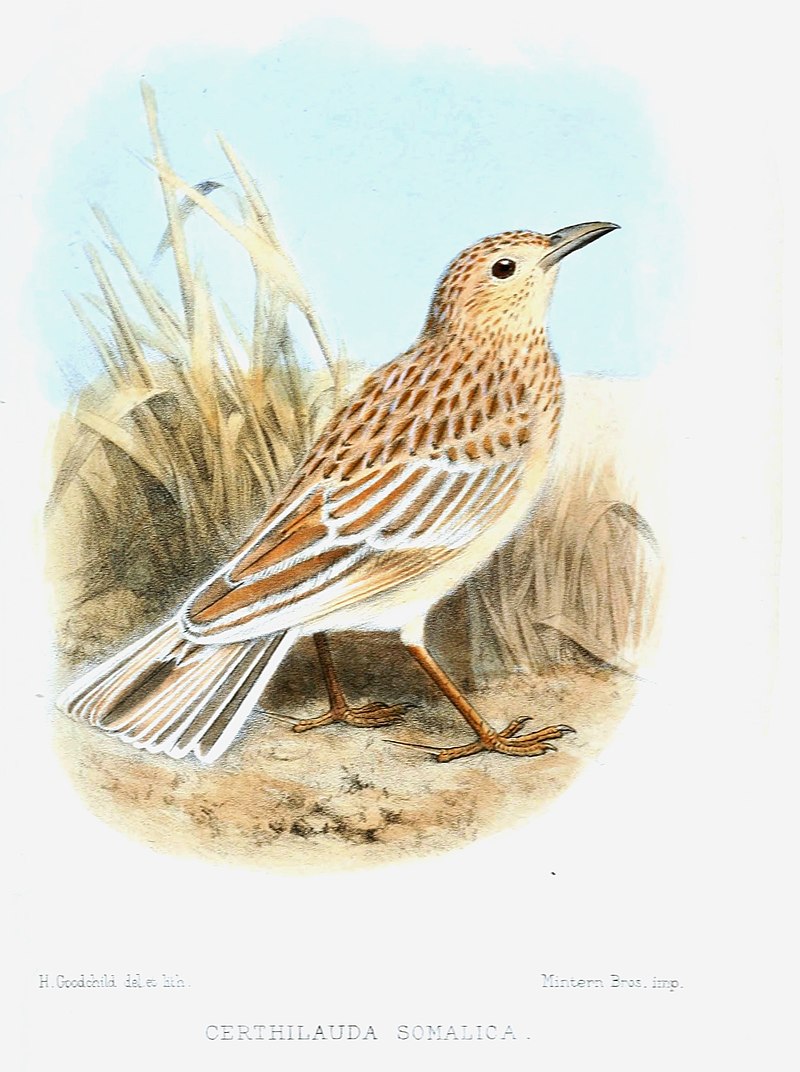
The Somali lark is an endemic bird species found only in Somalia. It belongs to the Alaudidae family and was originally classified under Certhilauda genus.
Also known as Archer’s lark or Sharpe’s lark, this small passerine can be identified by its brown upperparts mottled with black markings, greyish crown and white supercilium.
Its chest area is a rich rufous color while its belly has a pale buff hue with some dark streaks on it. The wings are short but broad, having yellow-brown edges along each feather margin.
Other alternate names for this species include Red Somali Lark and Rufous Short-toed Lark among others.Scientific classification:
| Kingdom | Animalia |
| Phylum | Chordata |
| Class | Aves |
| Order | Passeriformes |
| Family | Alaudidae |
| Genus | Mirafra |
| Species | M. somalica |
4. Ash’s Lark
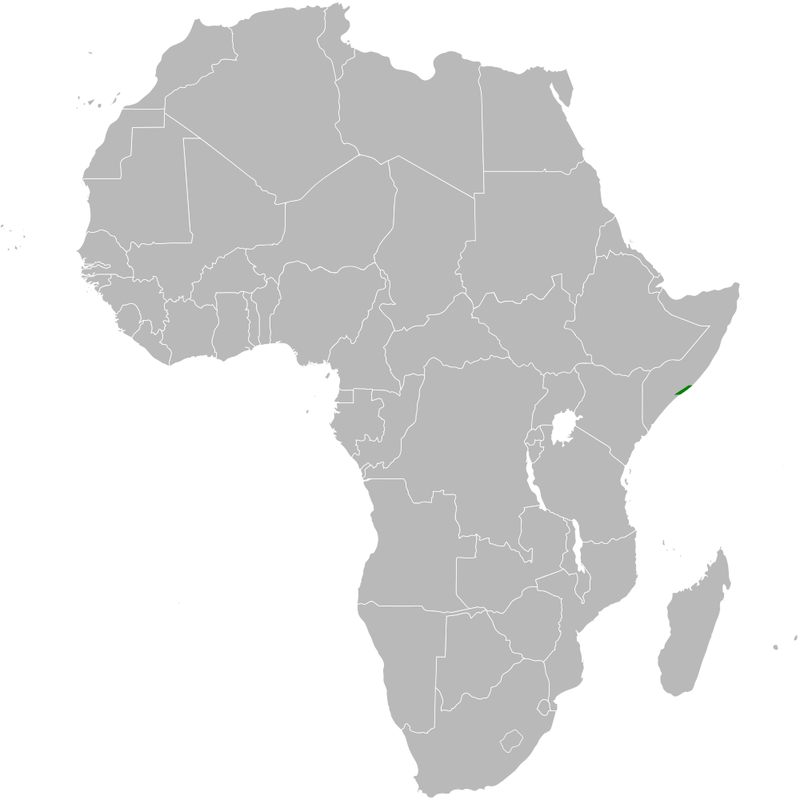
Ash’s lark is a species of bird endemic to Somalia, named after the British ornithologist John Sidney Ash. It has greyish-brown upperparts with paler edging on its mantle feathers, as well as having a buff-coloured underbelly and brownish undertail coverts.
Its length typically averages 14 centimetres (5.5 inches). This species of lark mainly feeds on insects found in grassland habitats that are usually located close to rocky areas or open woodlands.
These include beetles, crickets and caterpillars which it hunts by scraping through the ground with its bill while walking along low vegetation.
The call of this species consists of several whistles followed by a chirp or trill at the end; they also create melodious songs during breeding season between August and October every year.Scientific classification:
| Kingdom | Animalia |
| Phylum | Chordata |
| Class | Aves |
| Order | Passeriformes |
| Family | Alaudidae |
| Genus | Mirafra |
| Species | M. ashi |
5. Obbia Lark
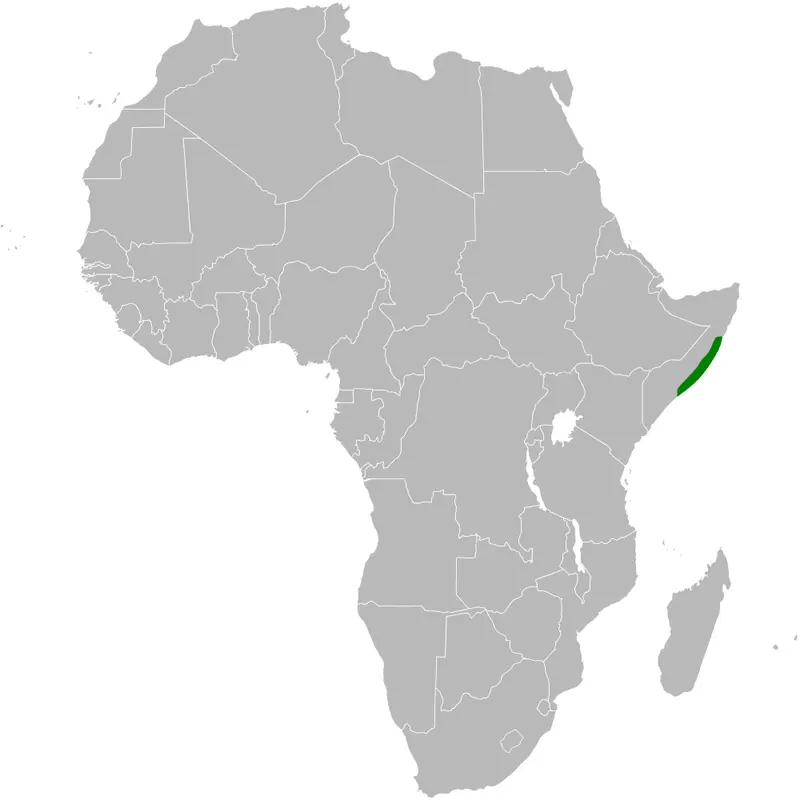
The Obbia lark is a species of bird found only in central Somalia. It belongs to the family Alaudidae and its natural habitat is dry shrubland.
The small bird has an interesting classification history, as some authorities have classified it in the genus Calandrella.
Its diet consists mostly of seeds and insects which it finds on or near the ground, making short flights when necessary for food.
This tiny creature has become quite rare due to unsustainable hunting practices by humans living nearby, leaving conservationists looking for ways to protect them from further decline in population numbers.Scientific classification:
| Kingdom | Animalia |
| Phylum | Chordata |
| Class | Aves |
| Order | Passeriformes |
| Family | Alaudidae |
| Genus | Spizocorys |
| Species | S. obbiensis |
6. Lesser Hoopoe-Lark
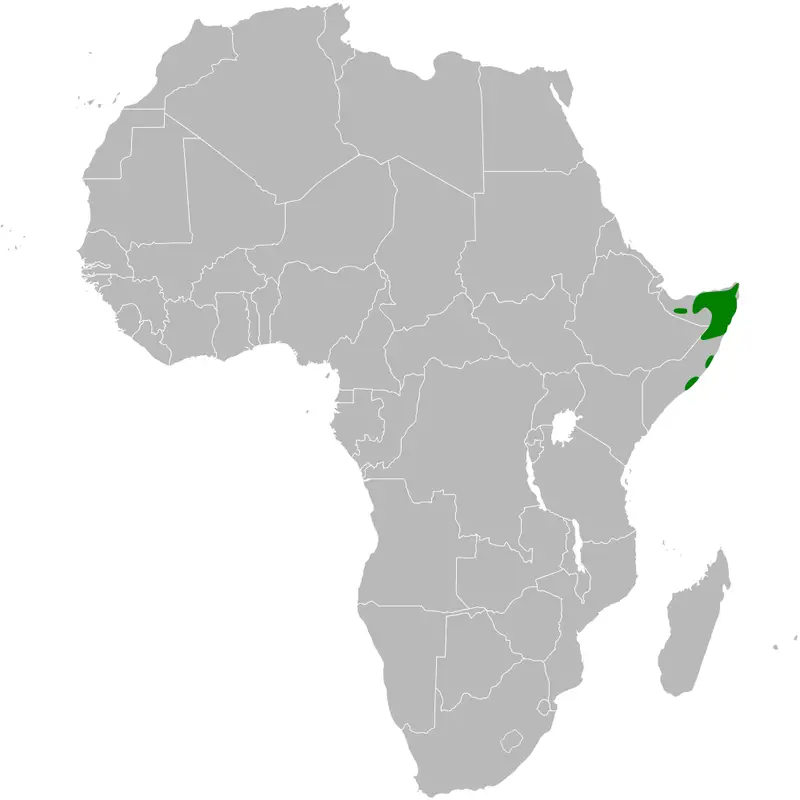
The Lesser hoopoe-lark is a small species of lark that can be found in Somalia. It inhabits dry lowland grasslands, making it an ideal bird for those looking to spot some wildlife while on safari.
This species has three subspecies: Alaemon hamertoni hamertoni, A. h. somalicus and A. h witherbyi.
The latter was formerly known as Witherby’s Lark due to its distinct characteristics from the other two subspecies which were discovered later on by ornithologists studying these birds in their natural habitat in Somalia.
These birds are brownish gray with white streaking along the chest area and have long legs perfect for sprinting across open grassy areas during flight or diving into thickets when frightened away by predators such as hawks or eagles nearby them.Scientific classification:
| Kingdom | Animalia |
| Phylum | Chordata |
| Class | Aves |
| Order | Passeriformes |
| Family | Alaudidae |
| Genus | Alaemon |
| Species | A. hamertoni |
7. Somali Bee-Eater
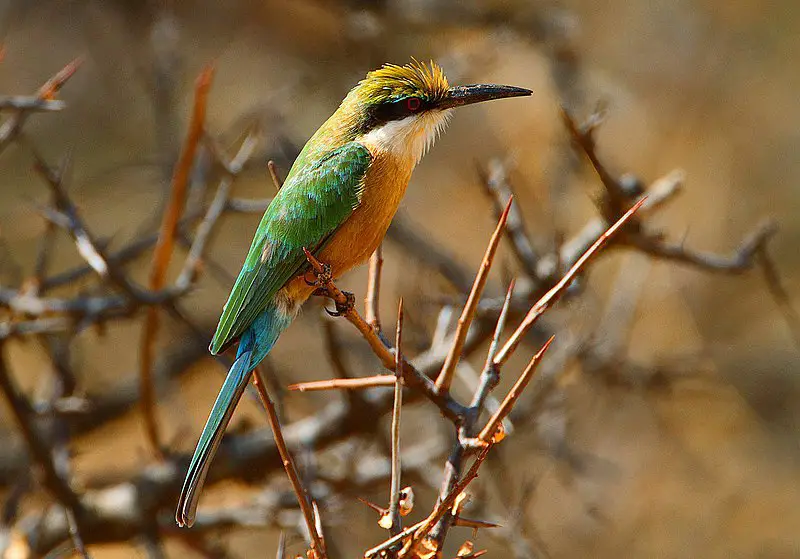
The Somali bee-eater is a small bird found in Ethiopia, Kenya, Saudi Arabia, Somalia and Tanzania. It prefers arid habitats such as deserts where it may be locally common.
This species has a beautiful plumage of blue and red with black accents on its wings and head. Its diet consists mainly of bees which it catches by hovering before diving down to catch them midair.
The International Union for Conservation of Nature considers the conservation status of this species to be “Least Concern”, as habitat destruction does not appear to have an adverse effect on their population numbers at present time.
Despite being known for their vibrant colors they are also quite elusive birds that can often go unnoticed when perched among trees or shrubs due to blending into the environment so well.Scientific classification:
| Kingdom | Animalia |
| Phylum | Chordata |
| Class | Aves |
| Order | Coraciiformes |
| Family | Meropidae |
| Genus | Merops |
| Species | M. revoilii |